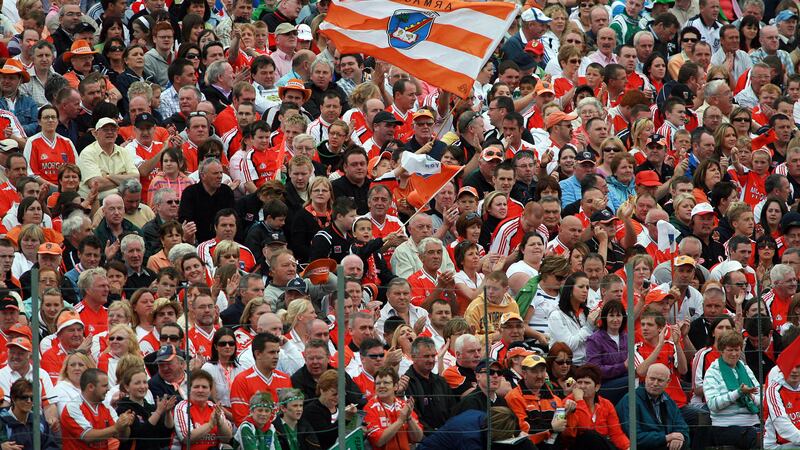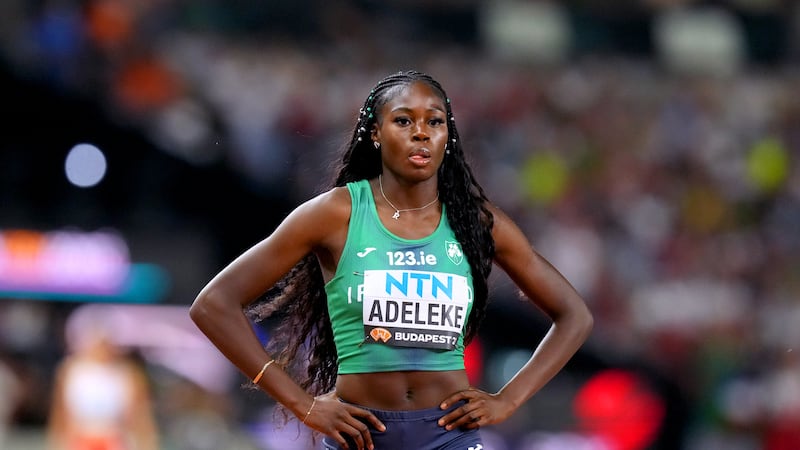AS soon as it was announced that Armagh would play Galway at Carrick-on-Shannon there were understandable howls of disbelief and complaint from the orchard county faithful.
Páirc Sean Mac Diarmada! With a capacity of just over nine thousand? Sure Armagh’s Lurgan fanbase could fill that on their own!
Last year over 50,000 watched Armagh and Galway in a pulsating All-Ireland quarter-final at Croke Park and even this season, despite their team being relegated and struggling for form, the fans have continued to turn up in droves.
Armagh are the best supported county in Ireland now but it wasn’t always that way…
Fifty years ago, in November 1973, Armagh travelled to Carrick-on-Shannon with a handful to supporters there to cheer them on in a League game against Leitrim.
But that wasn’t the worst bit…
THE referee was in the middle of the field, the Leitrim players were lined out but Armagh were a confusion of jabbing fingers and shaking heads as officials ran here and there trying to convince men in the crowd to swap their Sunday best for togs and a jersey and play for their county.
“The referee kept blowing his whistle for the Armagh team to take the field,” recalls Peter Makem.
“Only 13 players were available and, in desperation, some of the officials went out to see if any footballers were among the supporters.
“One official, Patsy McMahon, pleaded with former Armagh minor Seamus McConville from Clann Eireann to tog out and do goals and the mad scenes continued until two Armagh footballers arrived to make up the bare 15.”
The match went ahead but, predictably, Armagh were well beaten and the repercussions continued as team manager Gene Larkin resigned on the spot. A host of county board members also announced their resignations and the loyal band of supporters travelled home with the future of their county team in serious doubt.
In chaos, Armagh finished the campaign with one point from seven games, only Kilkenny (zero points) fared worse.
Apart from a brief hiatus in 1961 when they reached the Ulster final, the decline of the Armagh senior team had begun in the mid-1950s and lasted throughout the 1960s and into the ’70s. Manager after manager was appointed but they got very little co-operation from clubs and only a handful of players turned up for training.
“The usual excuses were trotted out about the north/south Armagh divide and that the players weren’t good enough and, as expectation faded, only a small core group of supporters kept the faith,” explained Makem.
AT Carrick-on-Shannon the county reaching its lowest point and there was speculation in the days after the debacle that Armagh would formally request the GAA to withdraw from all senior football competition.
County chairman Tommy Lynch, the only official who had not resigned, called a meeting of clubs the following week in McAvinchey’s in Armagh City in the hope that he could bring some order out of the chaos.
Gloomy delegates sat in silence as each club was invited to give their thoughts on what might be done to prevent another ‘Carrick-on-Shannon’.
A new selection committee was called for, one that barred county board members from being selectors and gave ‘smaller’ clubs more opportunity to bring through players.
It was also proposed that the all-conquering Clan na Gael team, Ulster champions at the time, should be picked to represent the county.
Debate raged but there was a general feeling that nothing was going to change and, as things drifted into 1974, the county board officials took up their positions again and the old way of doing things remained in place.
“There had been a culture in Armagh that the participation of a county team in a competition fulfilled the historic GAA ambition,” Makem explains.
“It was like the original Olympic declaration – taking part was the important thing, not winning. “There was a cultural north/south divide in the county and as the famous folklorist Michael J Murphy pointed out: ‘Armagh is a small county but to travel from Culloville to Lurgan and the Lough shore, is to travel all the way from the very south of Ireland to the very north’.
“Even the famous Armagh team of 1953 that reached the All-Ireland final was a careful balance between north and south.”
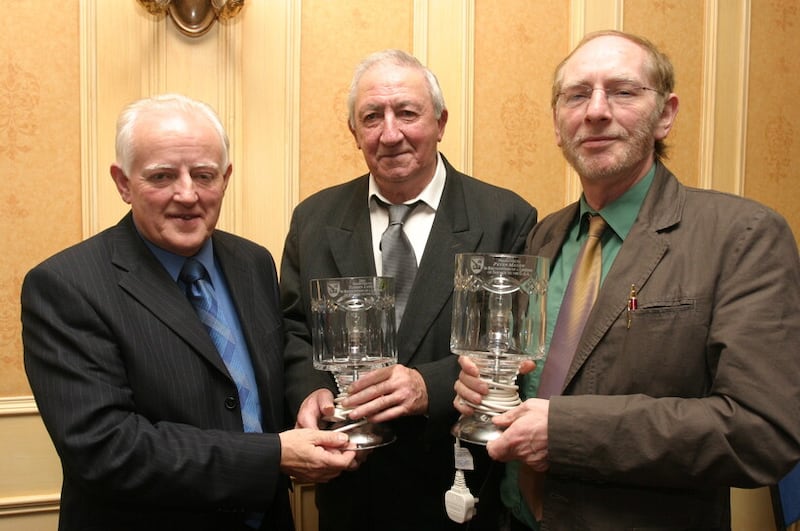
MAKEM had gone along to the Tommy Lynch meeting as an interested observer and after listening to the debate he decided that action was required and so he came up with an idea for changing the culture of Armagh’s senior side.
“I called to see Tommy at his house on the Camlough Road early in July (1974),” explained the Derrynoose native.
“I proposed that the problem facing Armagh managers in recent years - people such as Gene Larkin, Gerry O’Neill, Paddy O’Hara and Jimmy Whan - was that there was nothing to manage.
“There was no structure to inherit and it was all left up to them to gather a panel and so on. So the key was to first of all go directly to the players and convince them of a new ethos where they would all be treated well and to confront them with a fresh challenge to become Ulster champions in a few years.
“Tommy immediately went through a list of talented players such as Peter Loughran, Tom McCreesh, Larry Kearins, Joe Kernan, Denis McCoy, Sean ‘Dingle’ Daly, Paddy Moriarty, Jimmy Smyth and Colm McKinstry.
“We made an agreement there and then that I would visit all the potential players in their homes and convince them that we wanted a totally new Armagh to rise up.”
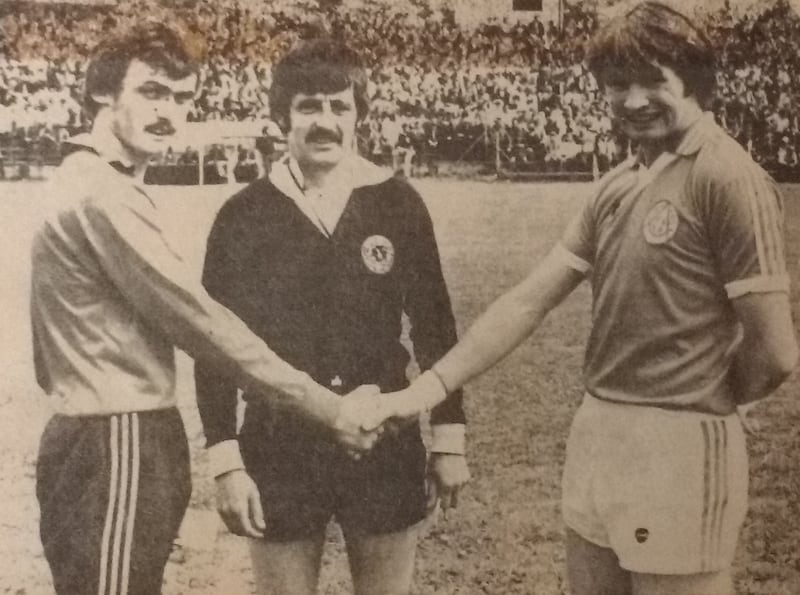
ONE of the key players Peter called to see was Paddy Moriarty. The Wolfe Tone’s clubman had begun his county career in 1970 and was Armagh’s first-ever Allstar in 1972. He hadn’t travelled to Carrick-on-Shannon but had heard all about the sorry saga. He actually wasn’t that surprised.
“I can remember as a youngster going to Davitt Park in the 1960s and you would have had county board officials walking around 10 minutes’ before throw-in looking to see could they pick out two or three boys to make up a team,” says Paddy.
“I remember Armagh playing Down at Davitt Park in 1966-67. Tom O’Hare was one of Down’s top men at corner-back and one of the officials came round and got somebody out of the crowd to tog out so they could field. The boy came out and he had Tom (an All-Ireland winner with Down) marking him. There was another day, a fella was called out to play against Antrim and he scored a couple goals! So it was a regular-enough occurrence.”
That culture of being content to participate rather than actually compete continued into Paddy’s playing days.
“I remember going to Dungannon one day and there was only 11 players,” he says.
“It was a League game and to play the game, Armagh had to get four Tyrone boys. I was injured that day but I said to Gerry O’Neill (in his first stint as manager): ‘If you can get 14, I’ll stand at corner-forward’. We couldn’t get 14 so we had to get a few Tyrone boys to play.”
It was a Thursday evening when Makem called at Moriarty’s house to lay out his plan for turning the county around. He had list of names that included some men from less fashionable clubs but they were keen to play and prepared to commit.
“Basically what he said was: ‘I plan to get a group together who want to play and I’ll get somebody to train them’,” Paddy explains.
With a panel of 25 players ready and John Morrison involved in the coaching, Makem went to Derry native Gerry O’Neill (who had guided St Colman’s College to the Hogan Cup in 1967) and asked him to return for a second spell as manager.
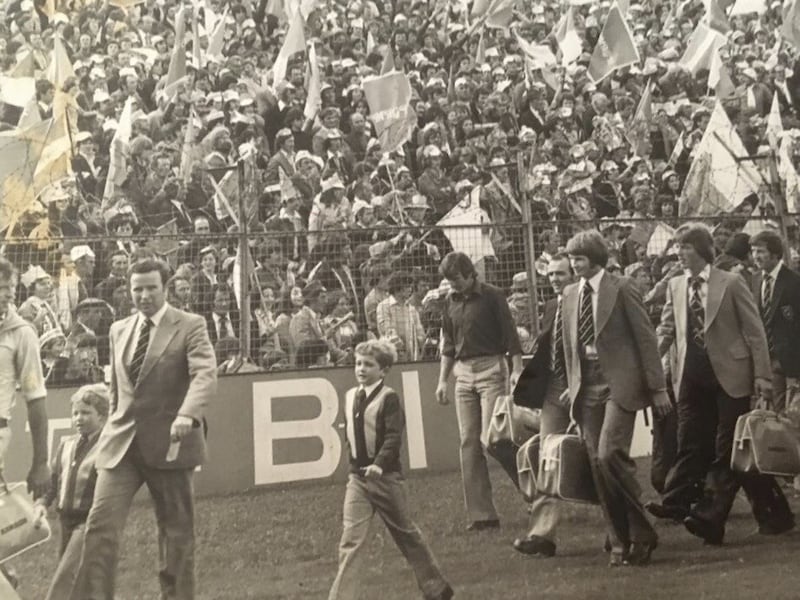
O’Neill agreed and the first training session took place on the first Tuesday in September. Results improved dramatically from the start and by the end of the following year’s League, O’Neill had taken Armagh to Croke Park for the play-offs. From 13 men in Carrick-on-Shannon to playing in Croke Park was a meteoric rise.
“Armagh playing in Croke Park was a real turning-point,” said Makem, who succeeded O’Neill as Armagh manager and won an Ulster title in 1982.
“It electrified the whole set-up and, from then on, everybody wanted to play for the team. Sean Hegarty, the famous Armagh minor who had been living in Tipperary for some years, came back home to Blackwatertown in early September and was given a role in helping to bond the players.
“Along with Charlie Sweeney as trainer, and led by captain Jimmy Smyth, O’Neill created a system that transformed Armagh football and brought them to the All-Ireland final in 1977.
“Things never went back to the old ways and the new system that emerged from the ashes of Carrick-on-Shannon is still alive to this day, half-a-century later.”
